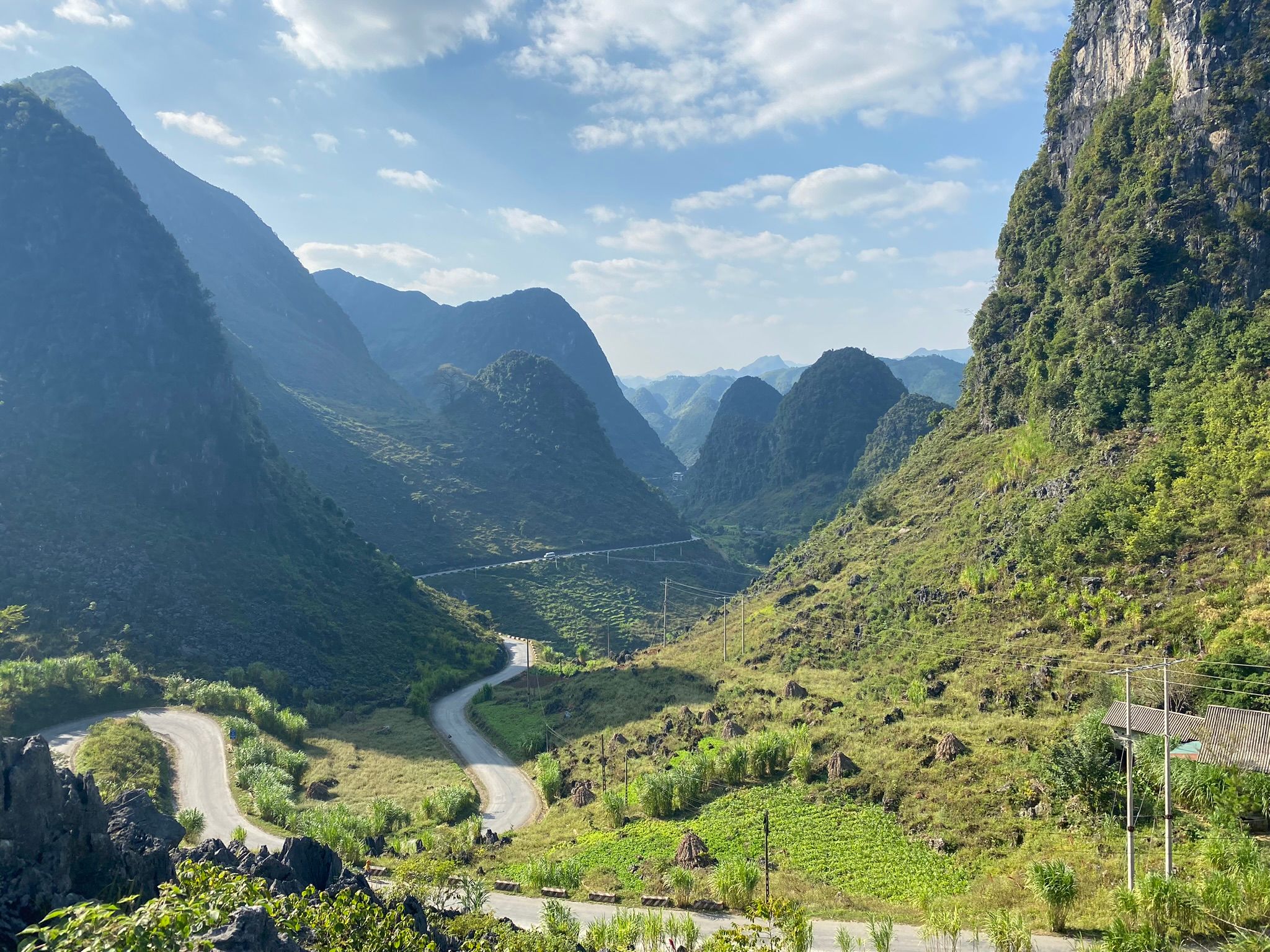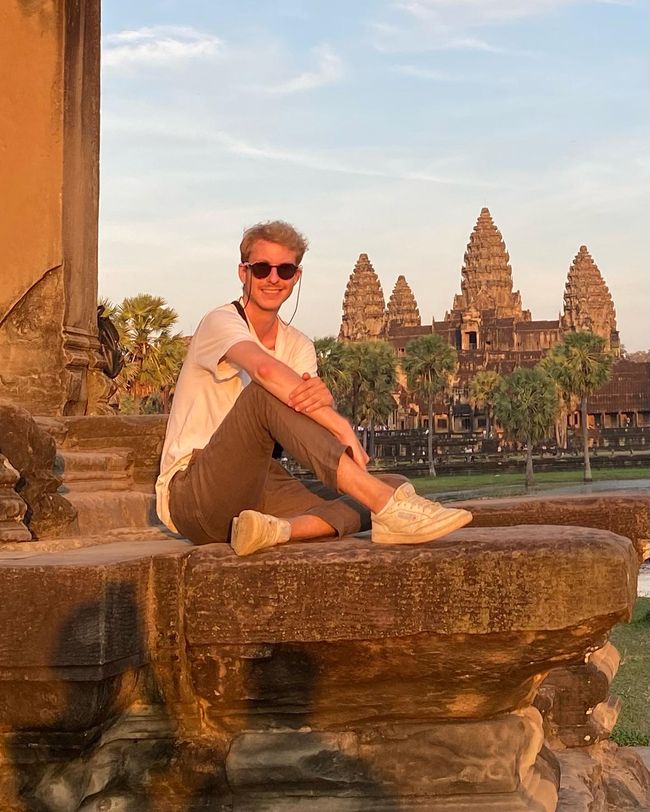October 12, 2023 – Bula from Fiji
បោះពុម្ពផ្សាយ: 19.10.2023
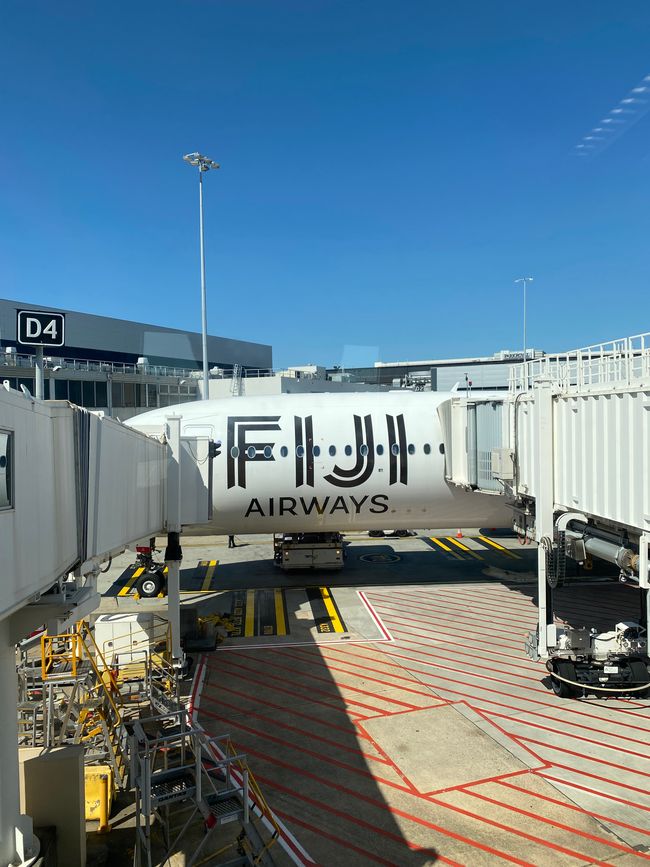
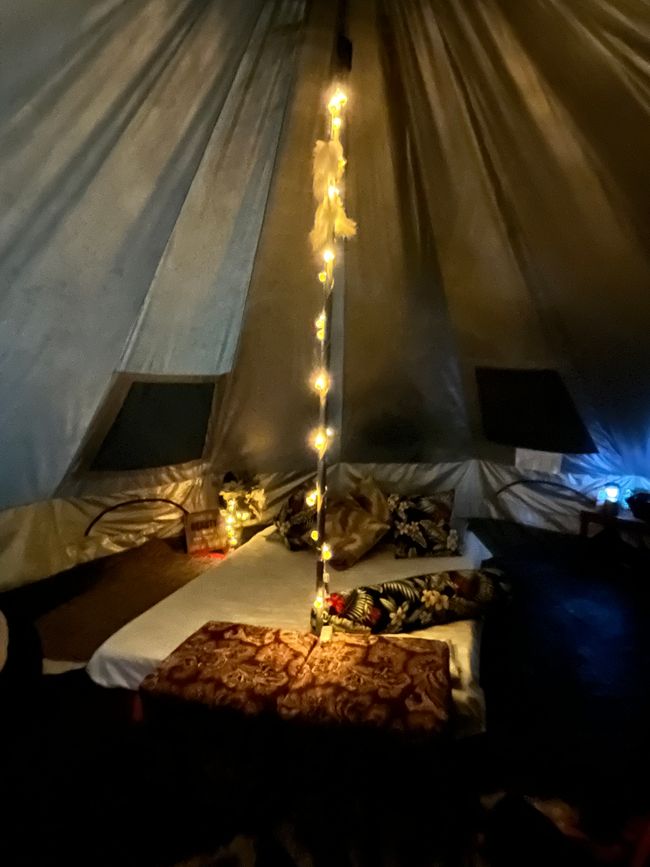
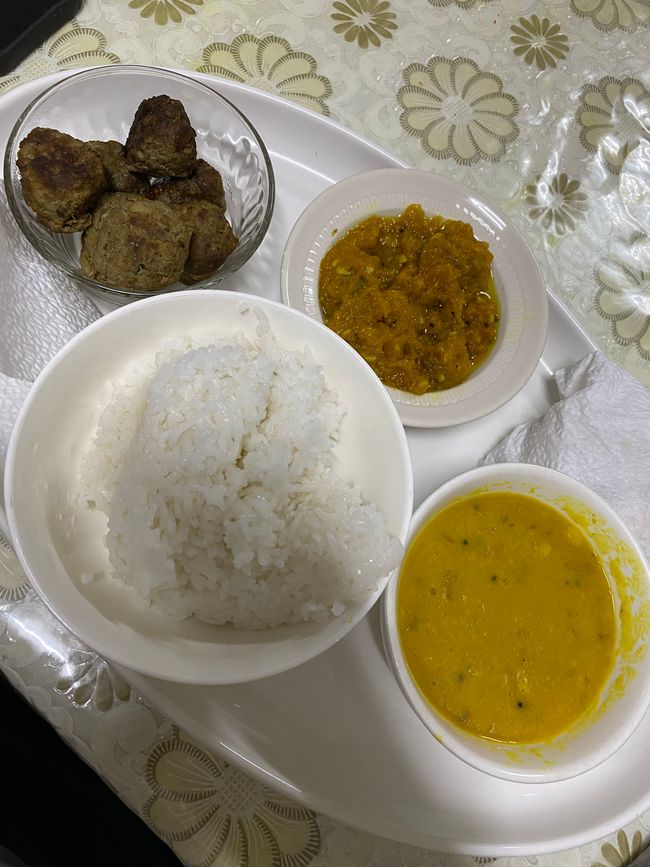
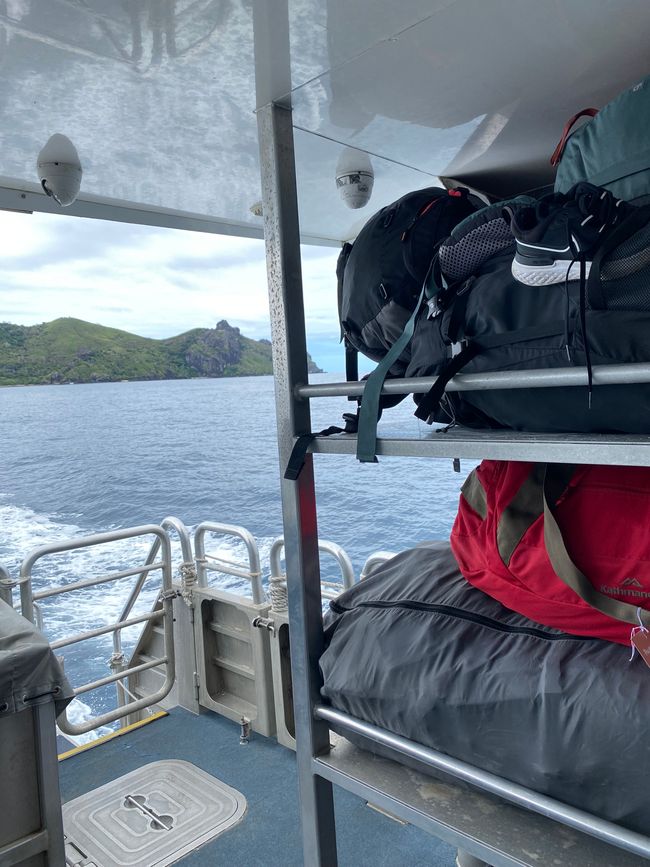
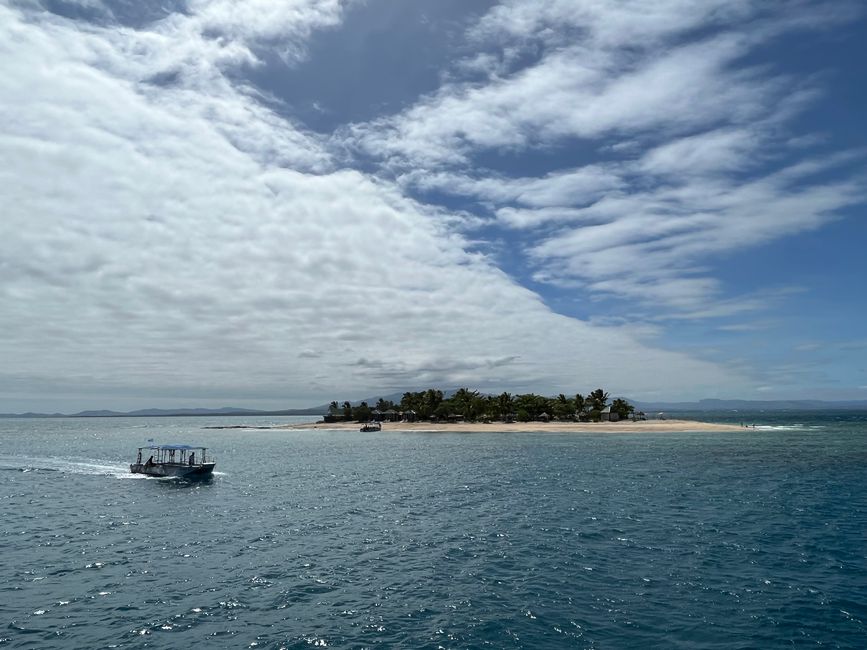
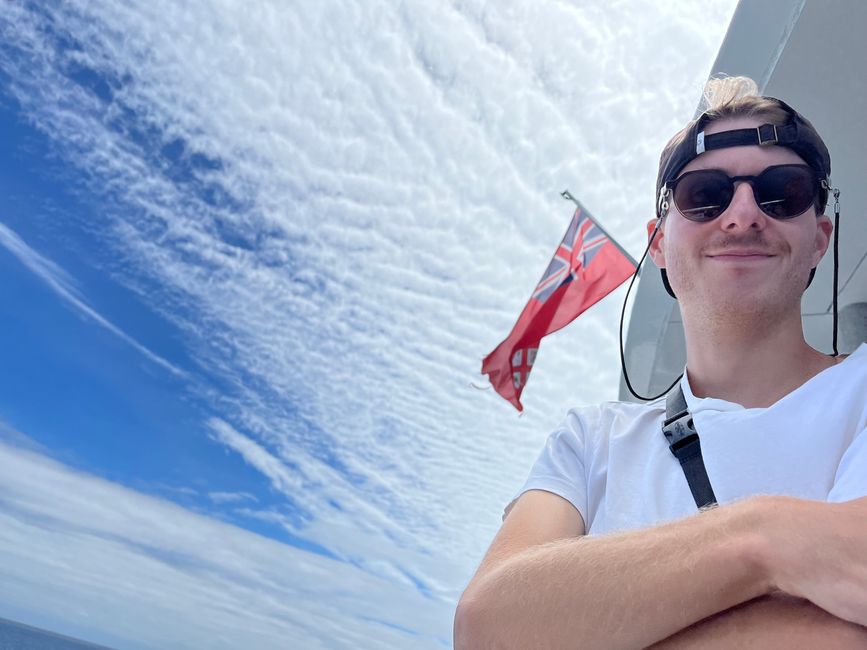
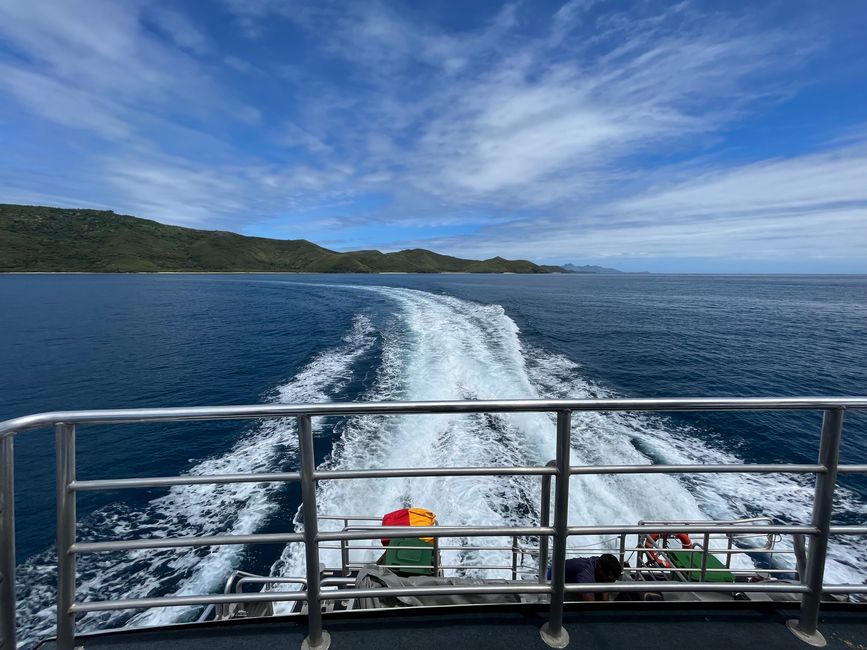
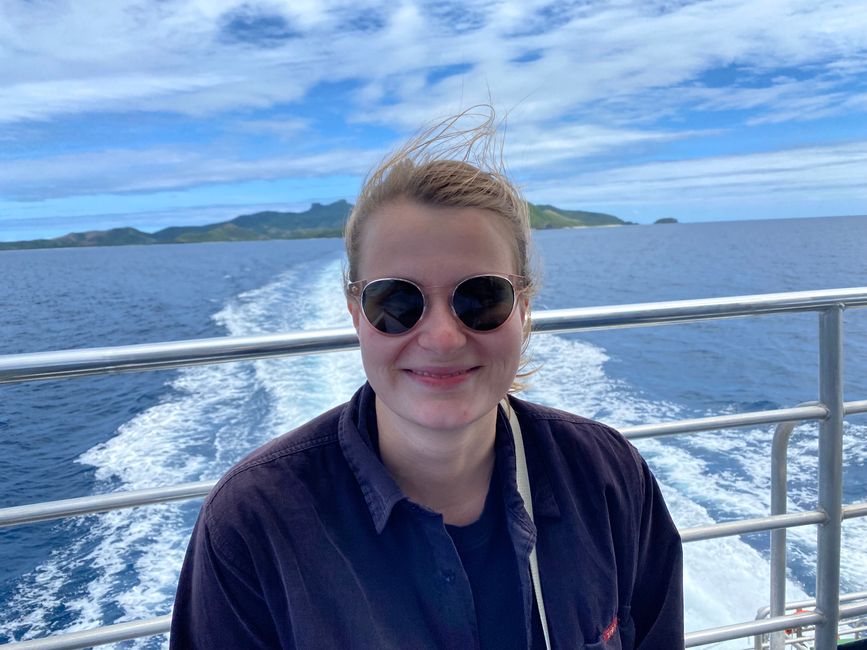
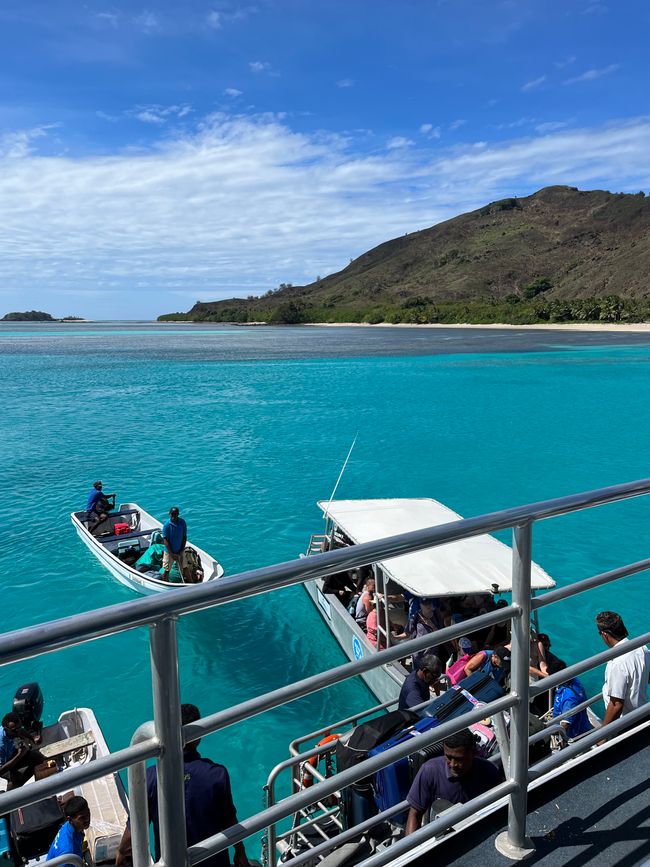
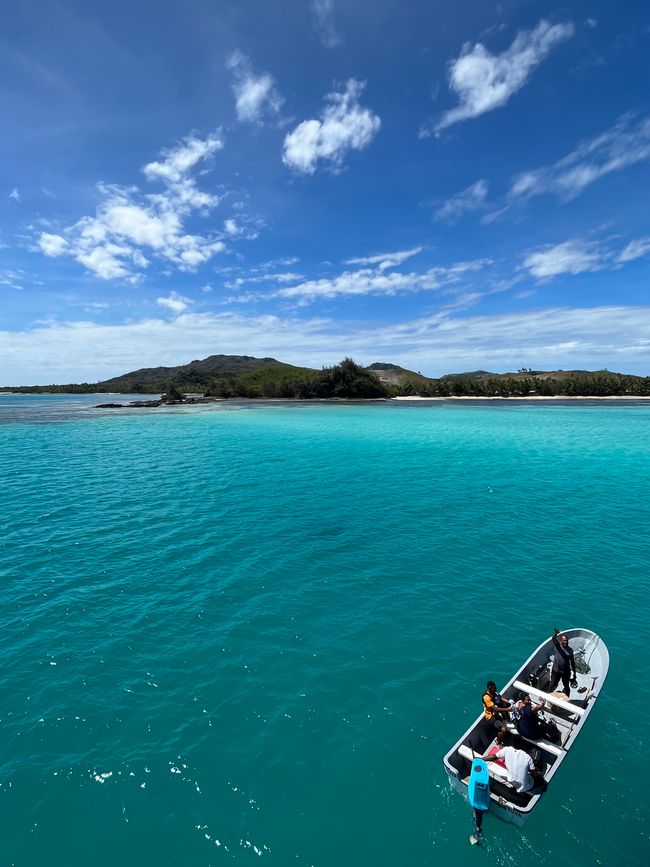
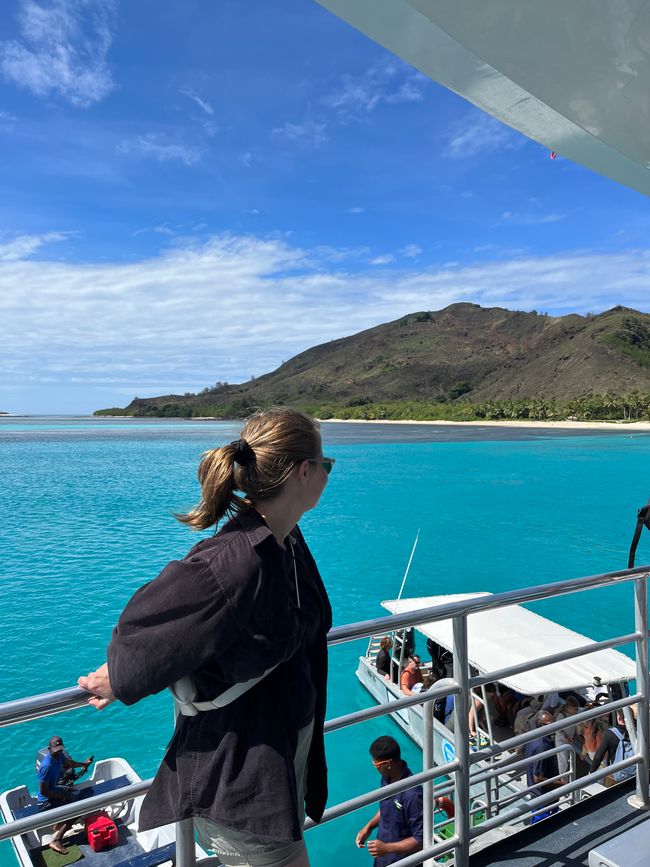
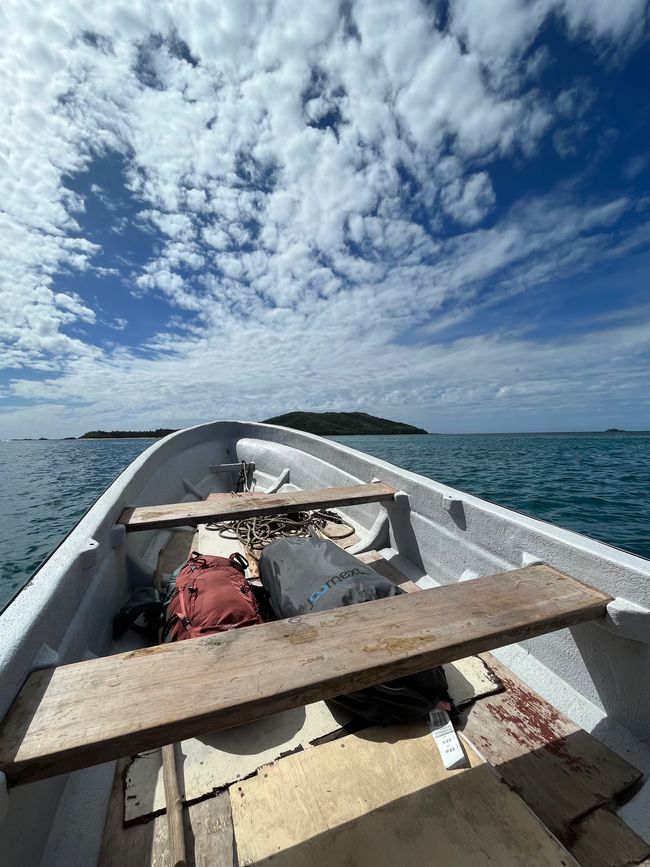
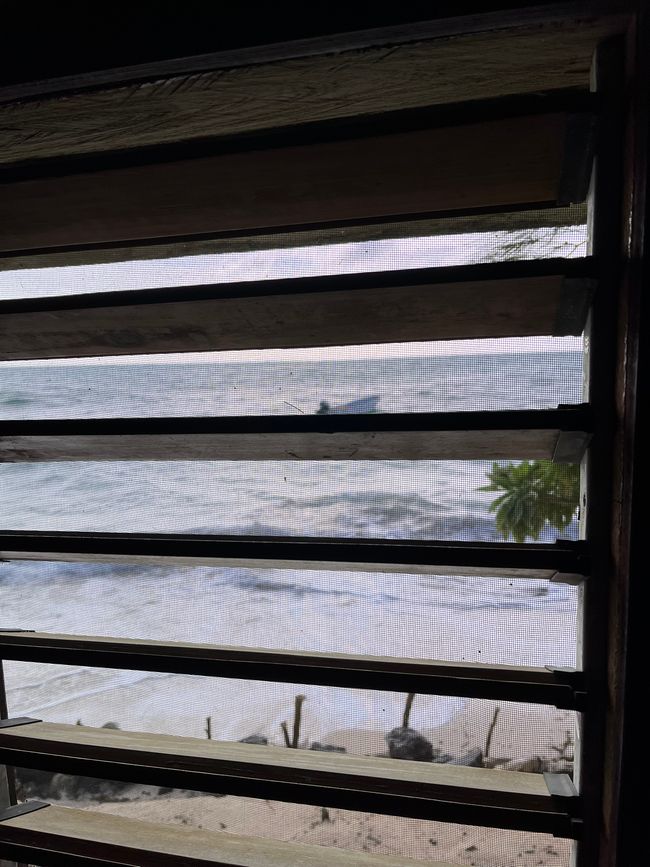
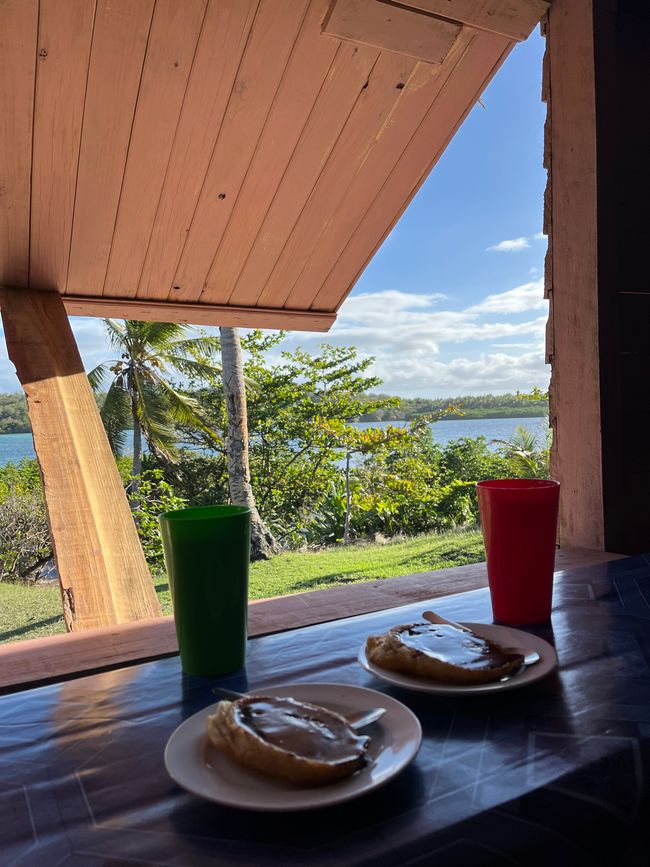
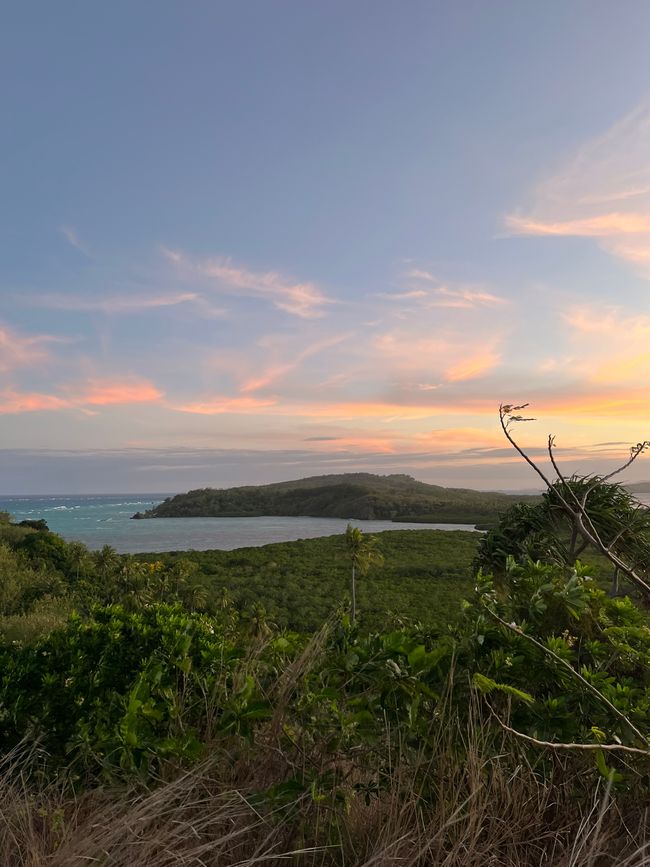
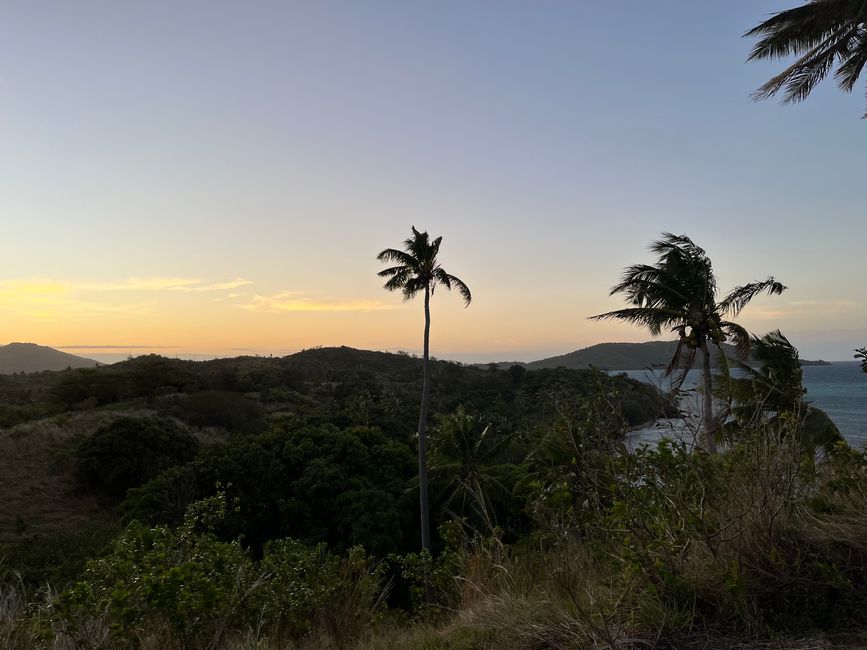
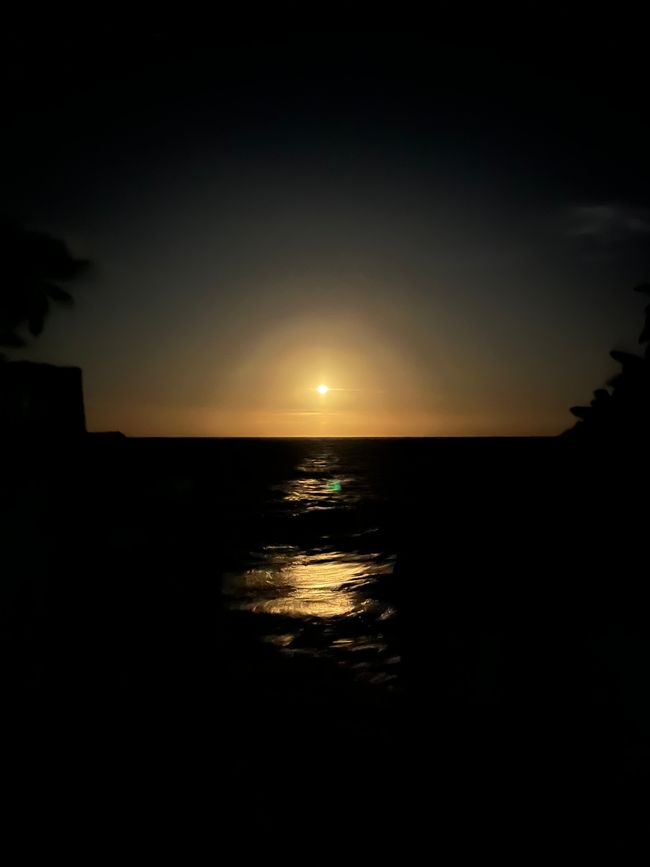
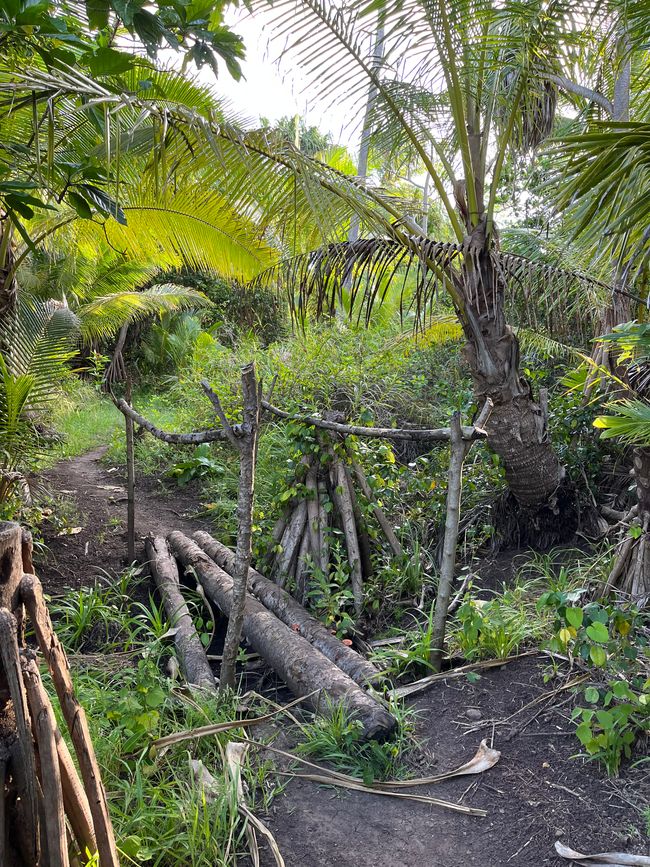
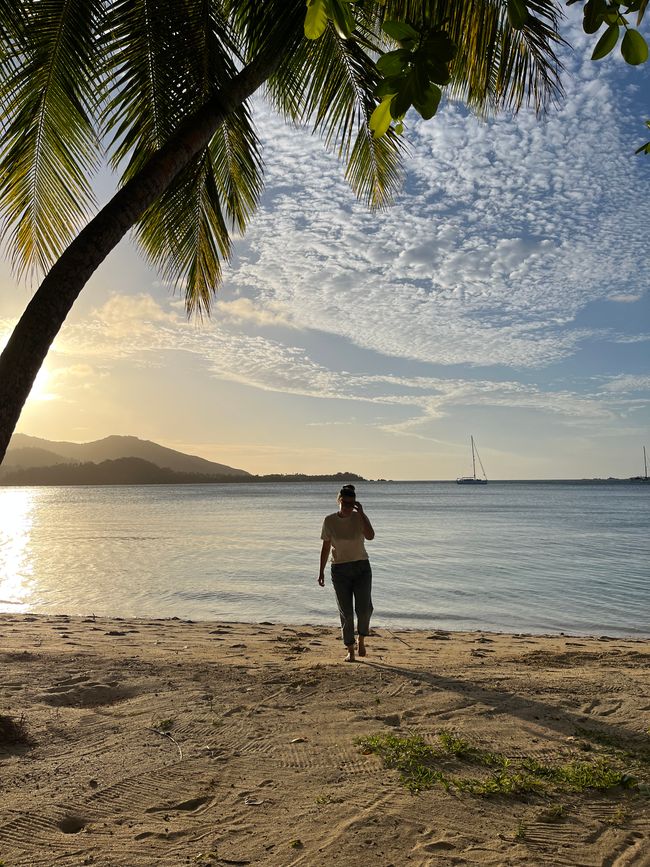
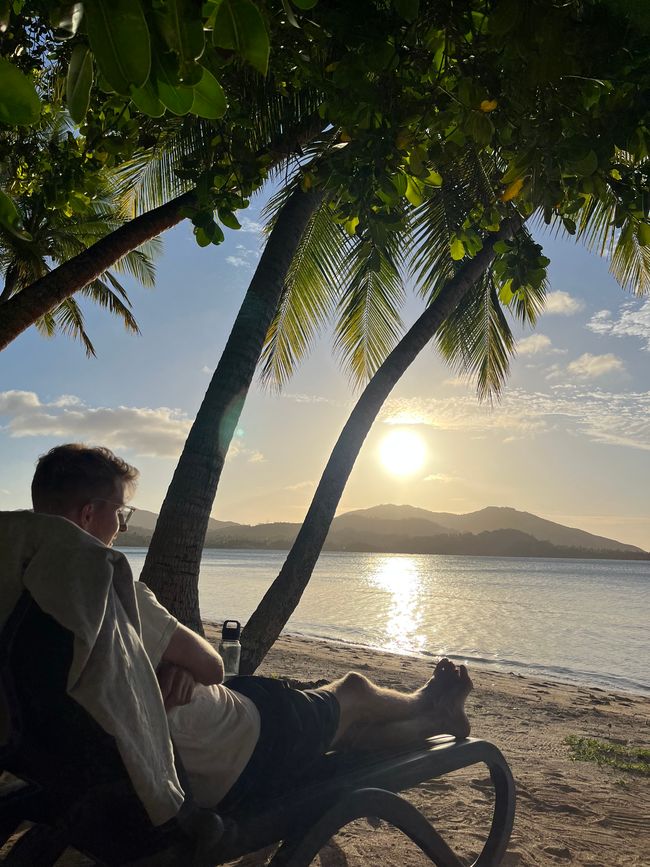
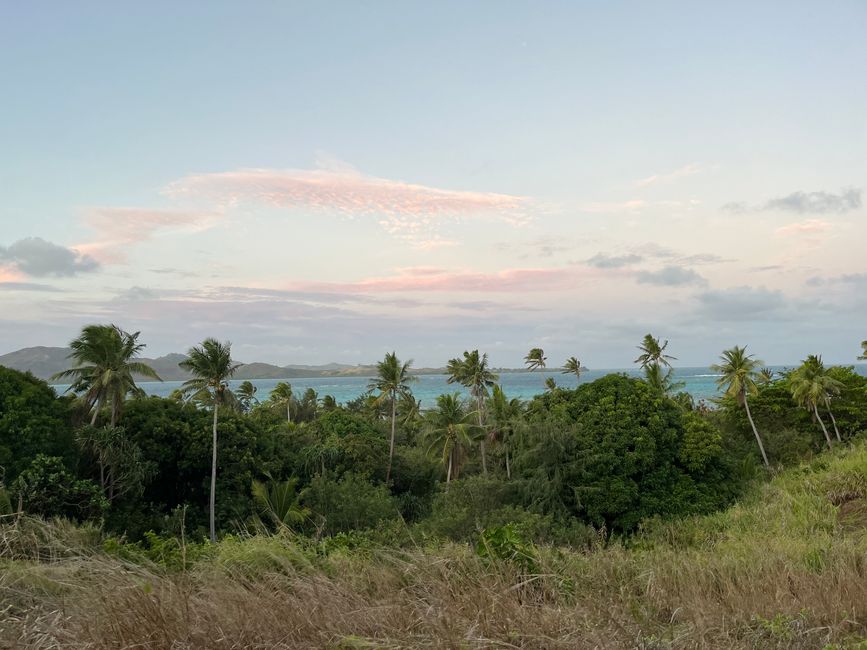
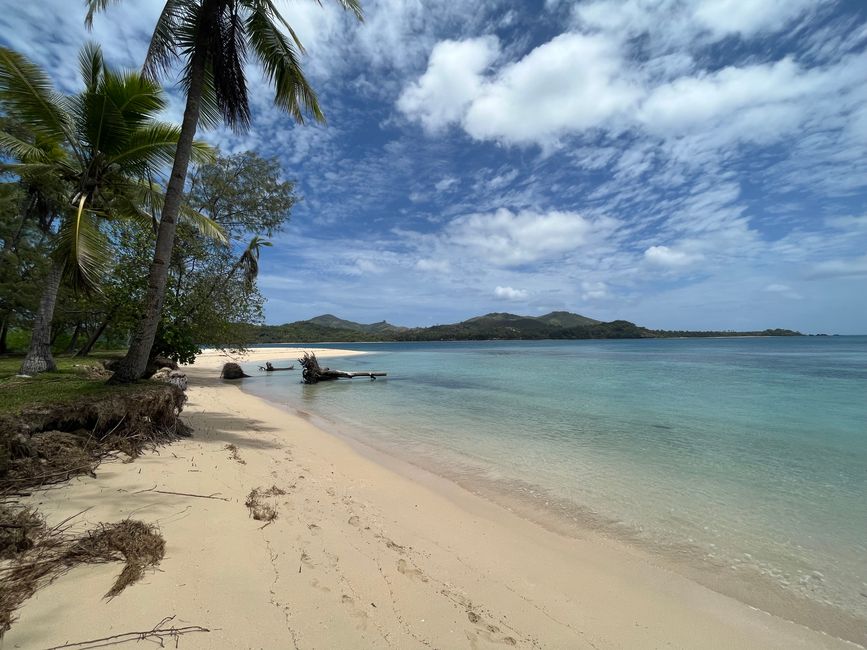
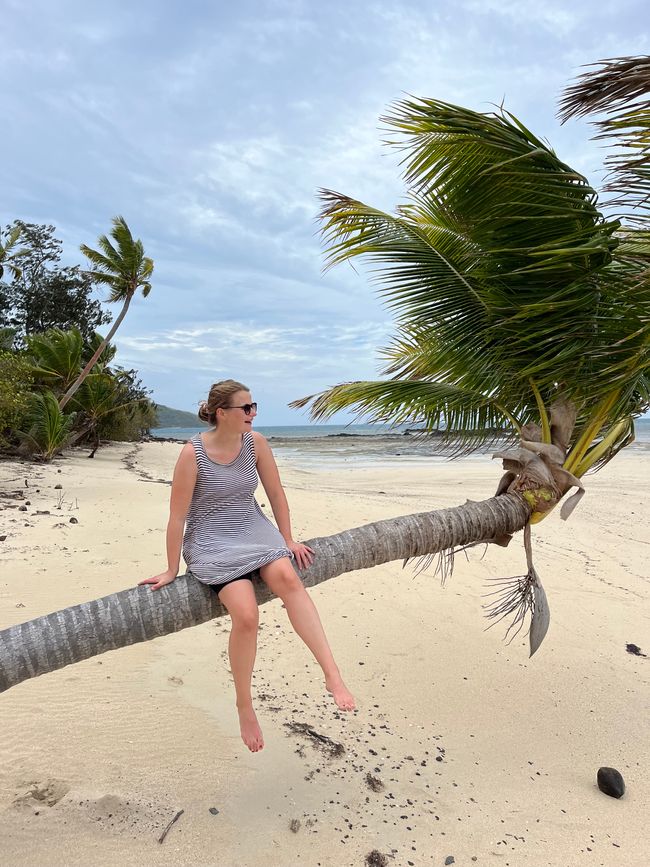
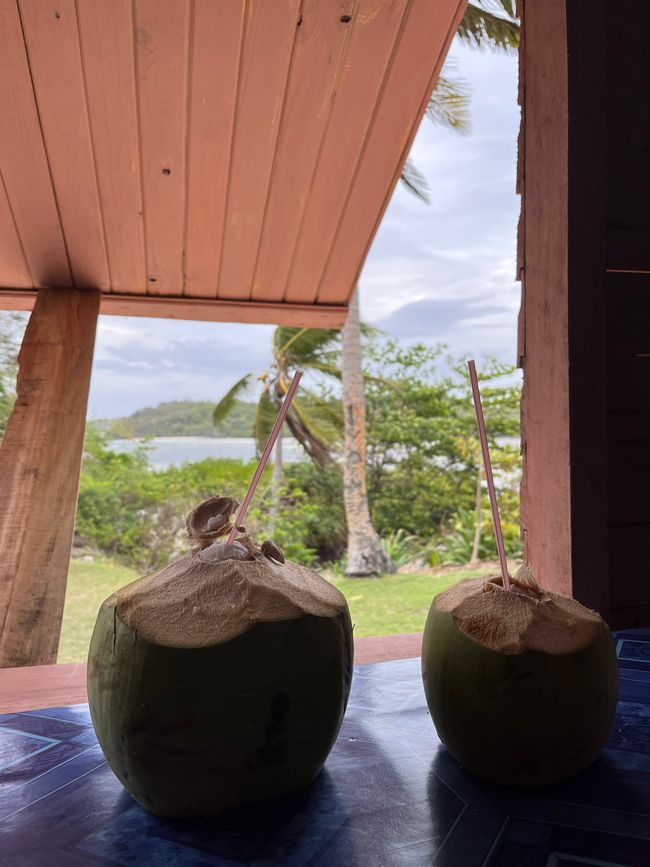
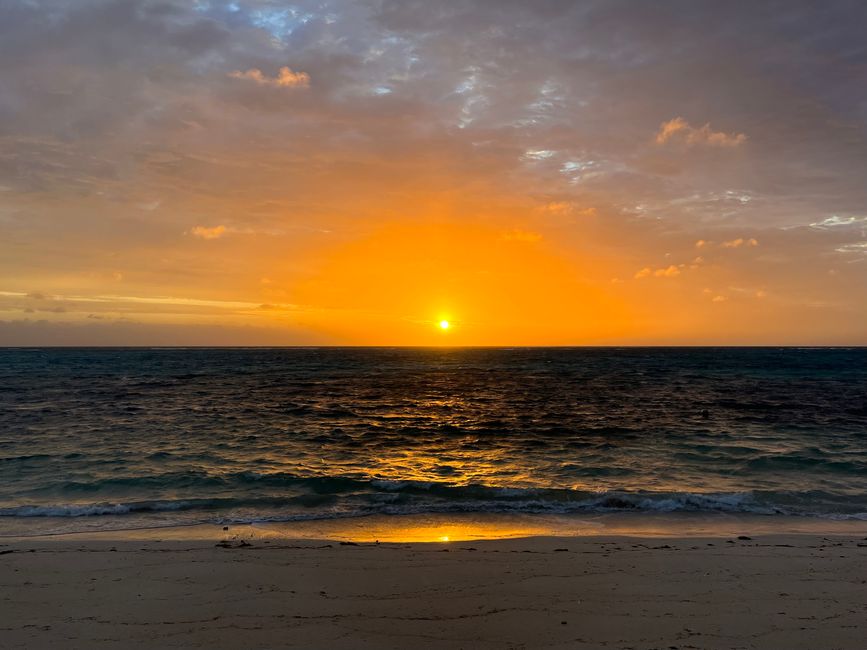
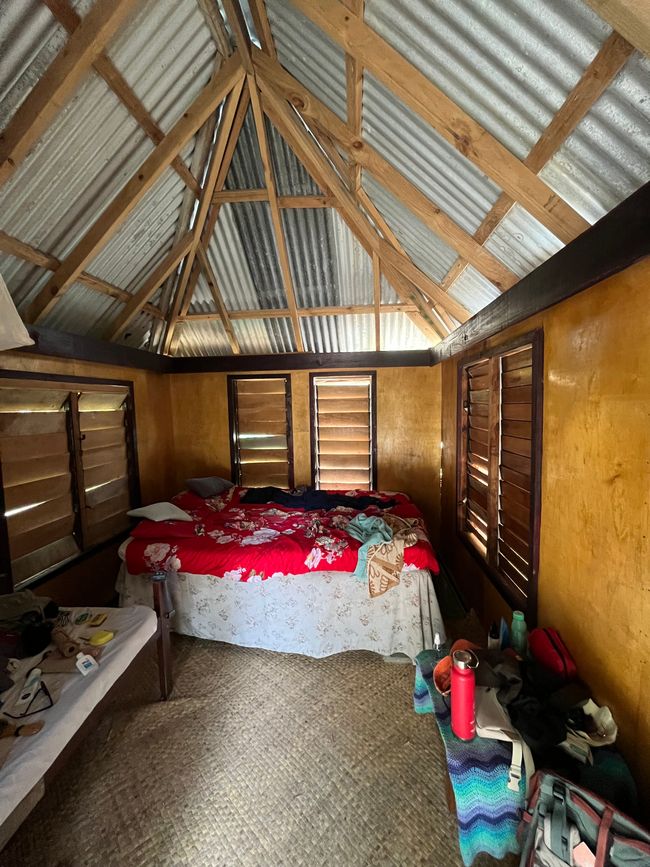
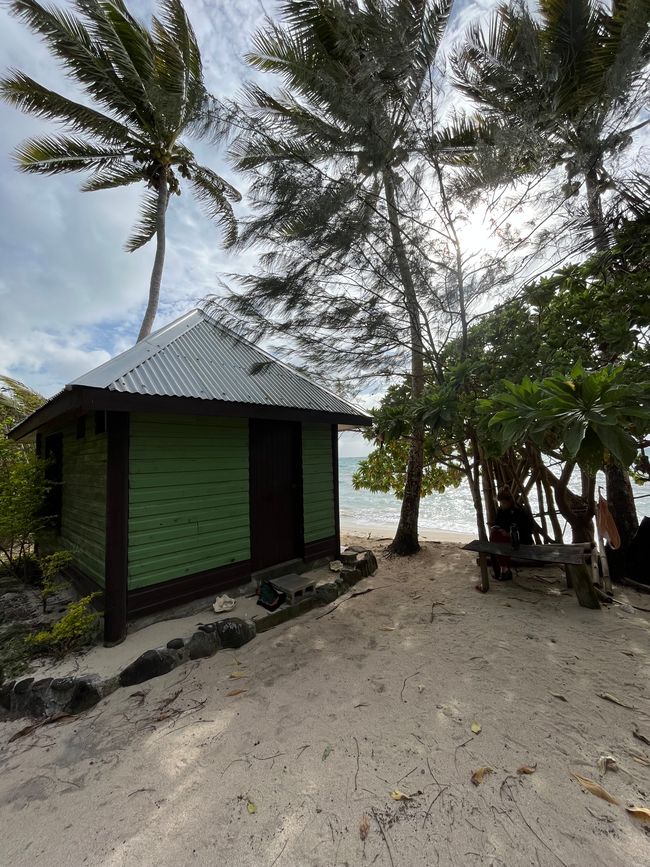
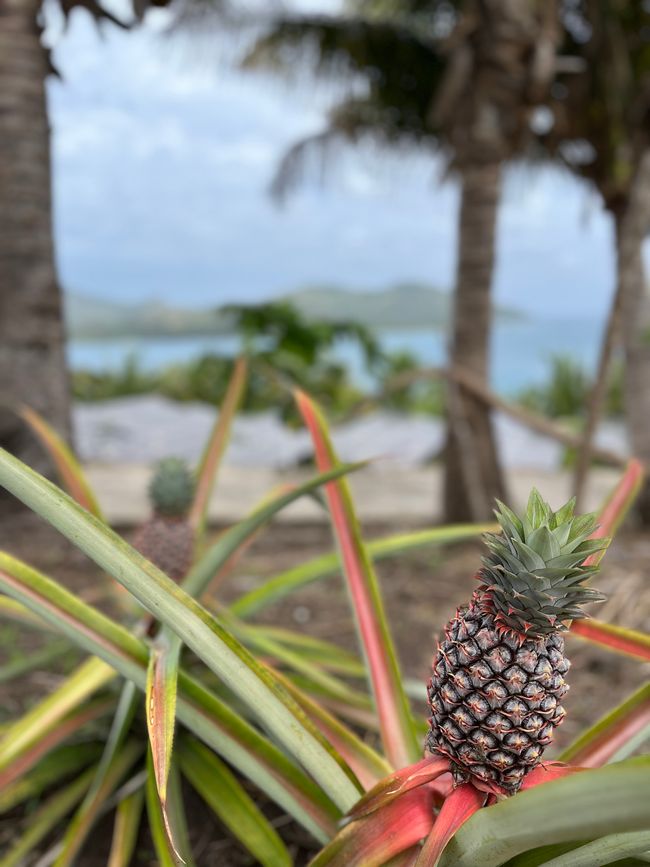
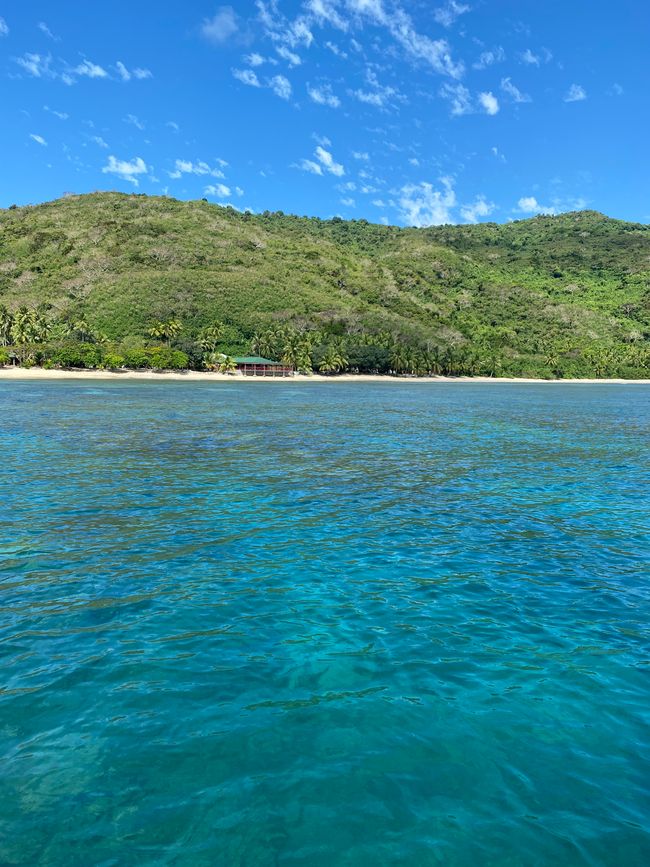
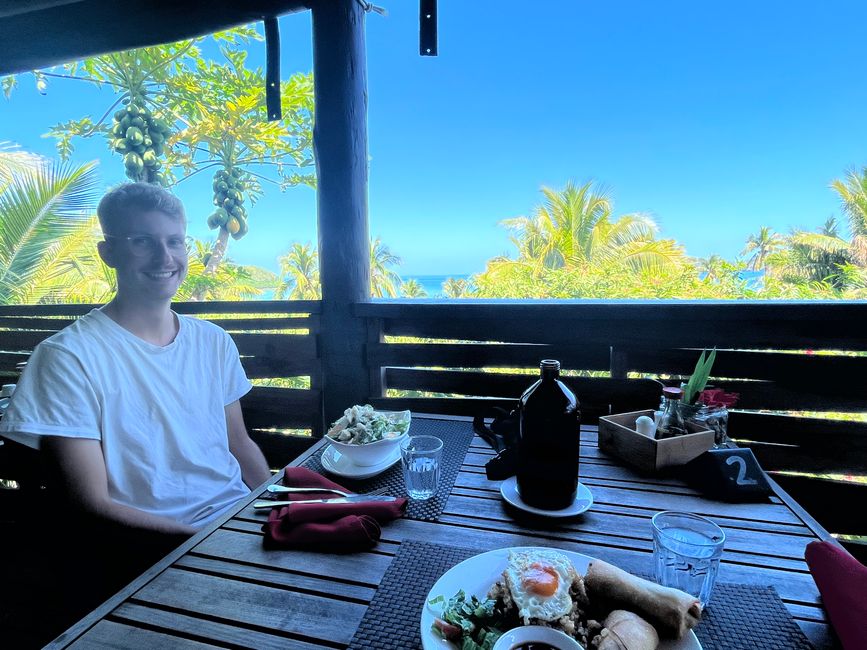
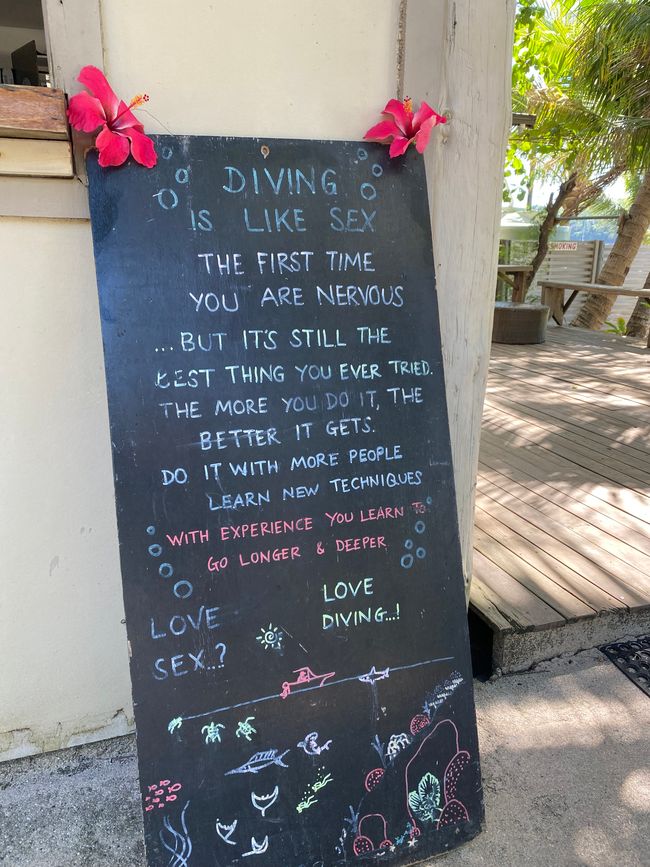
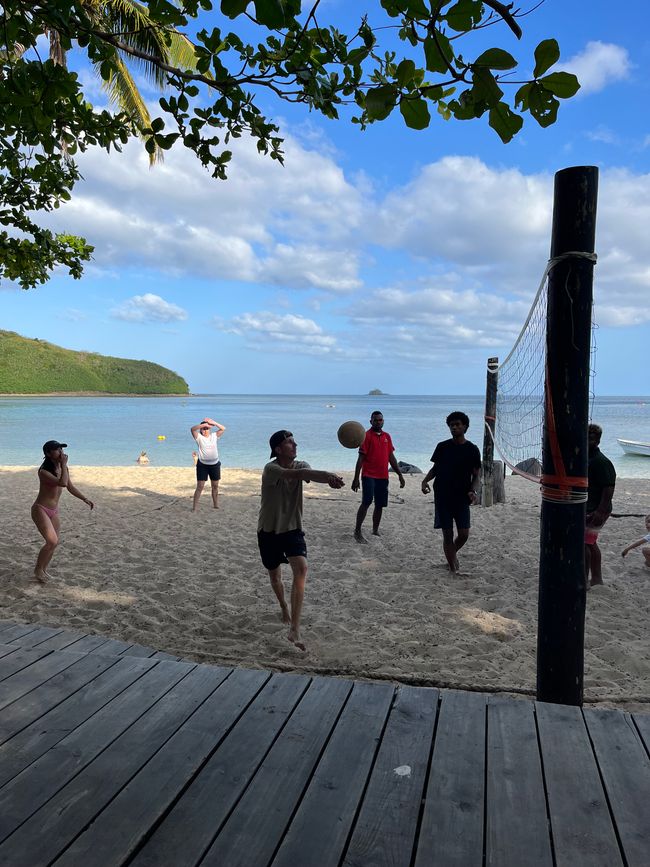
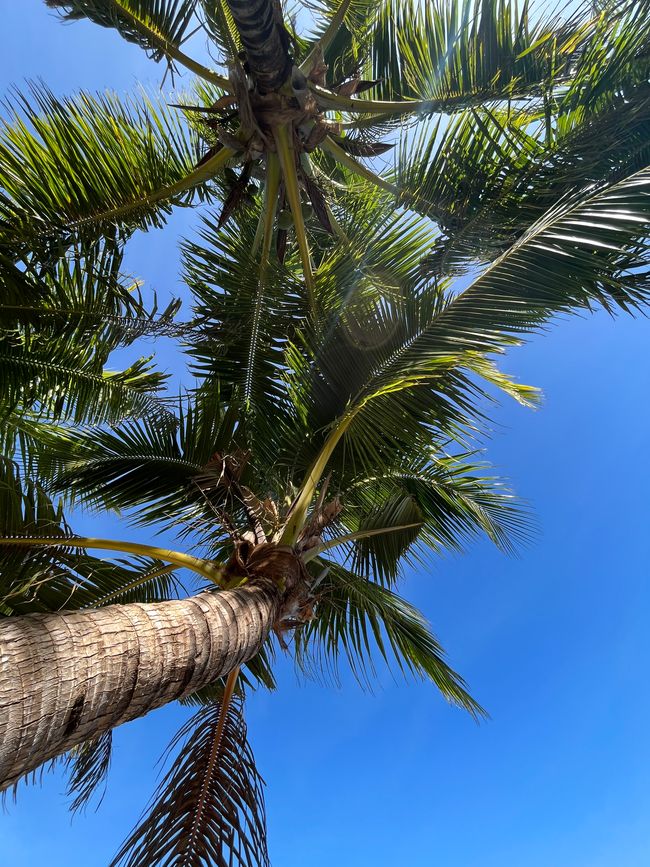
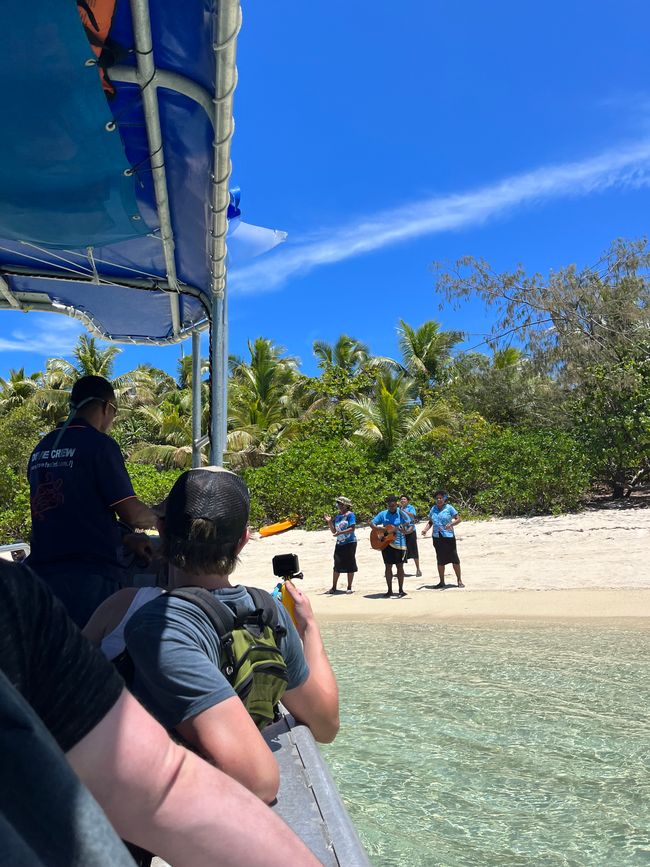
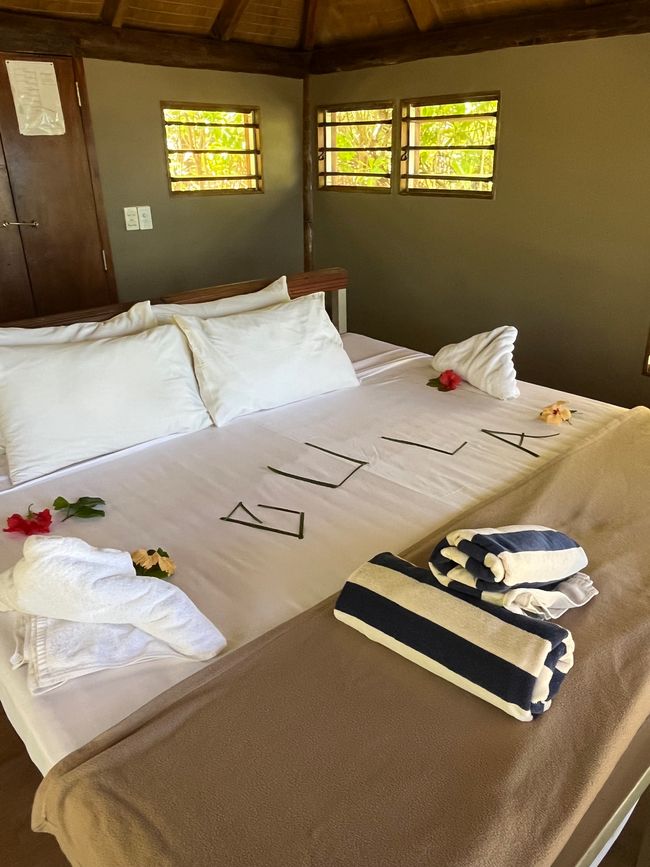
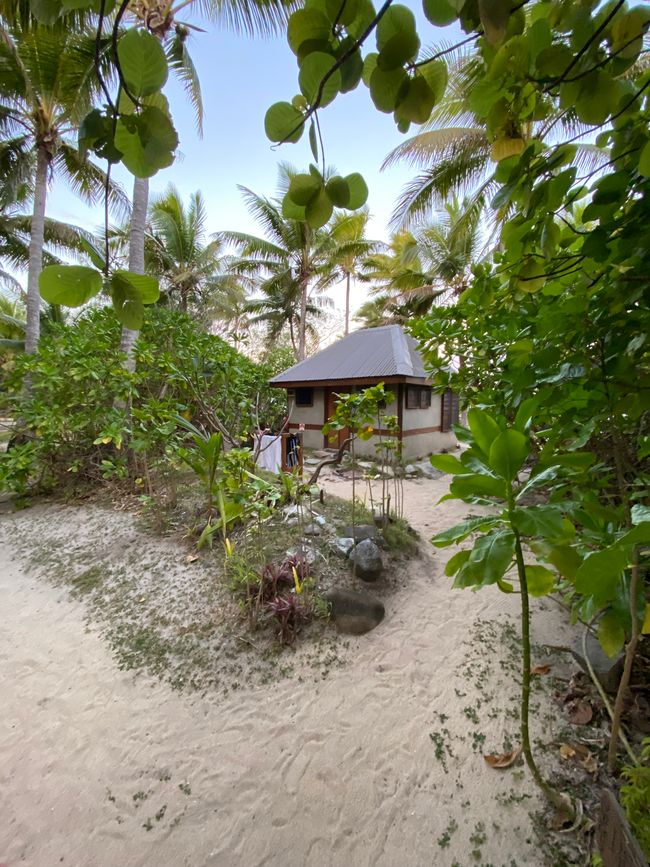
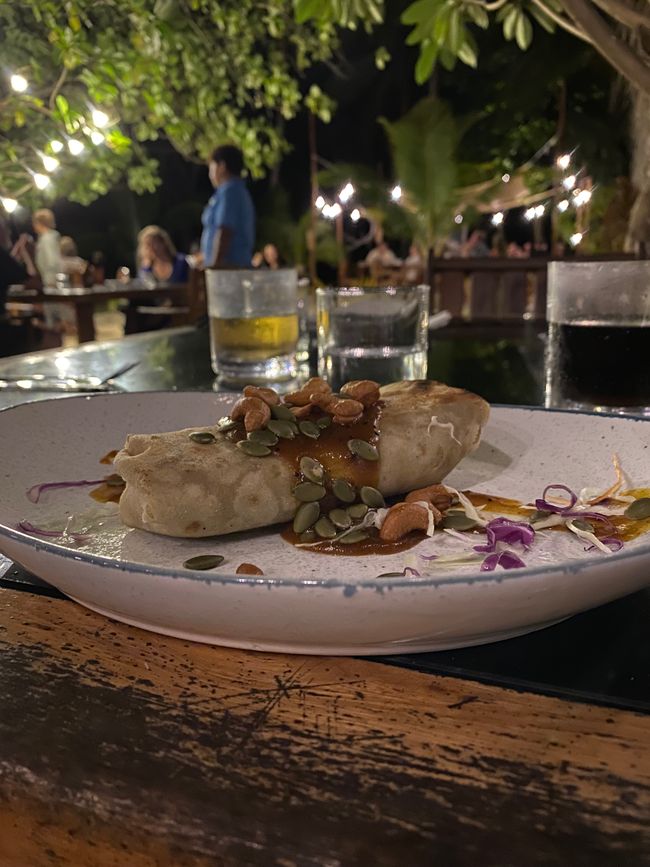
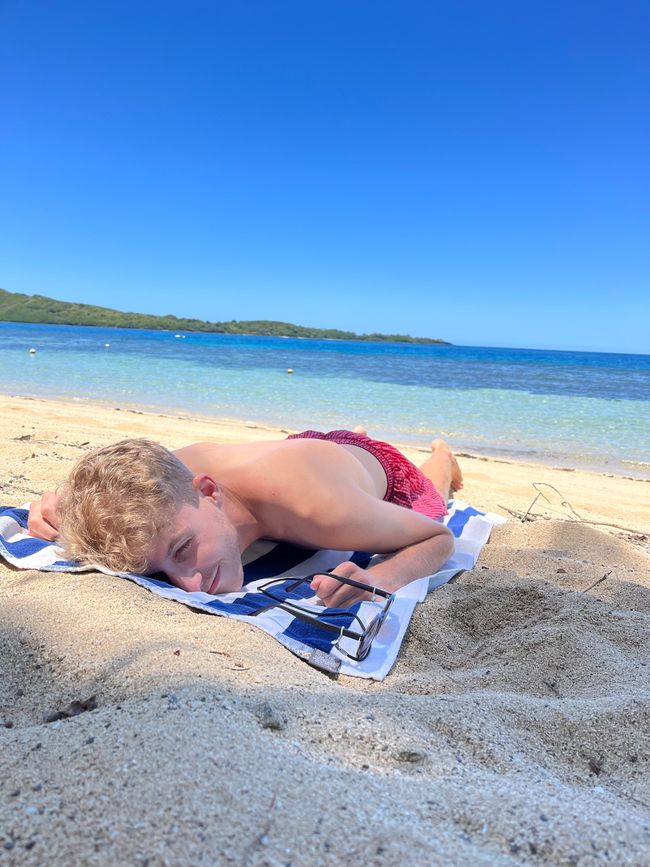

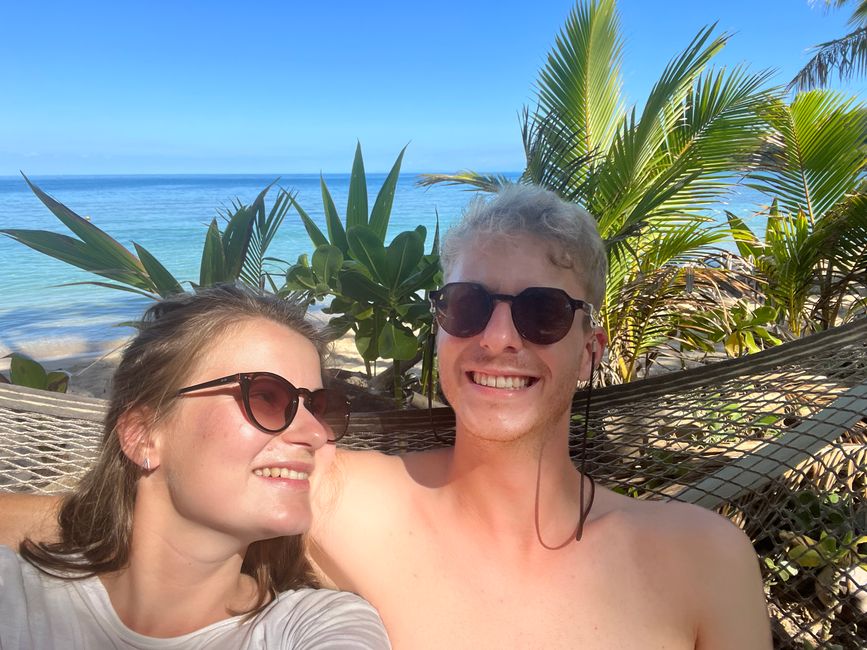
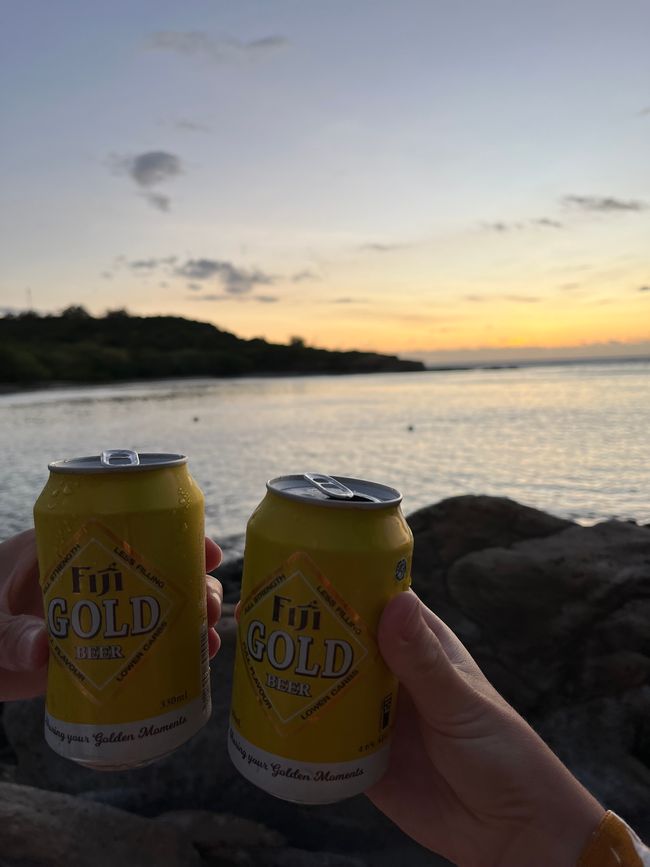
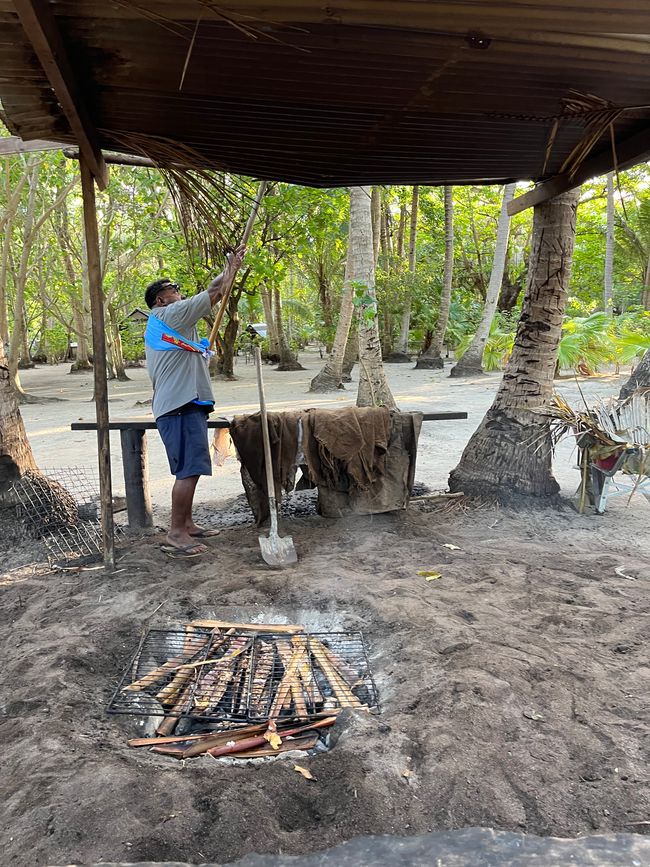
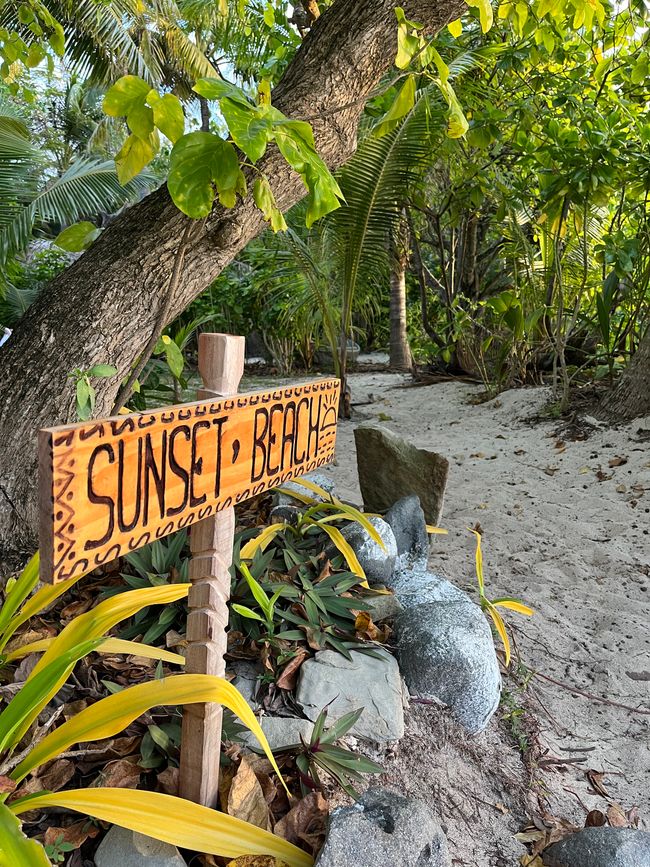
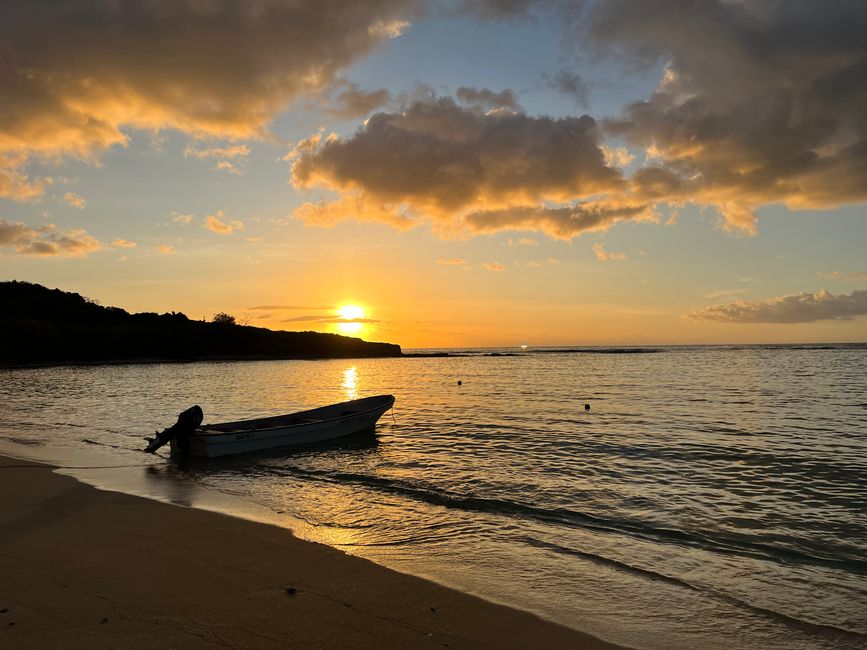
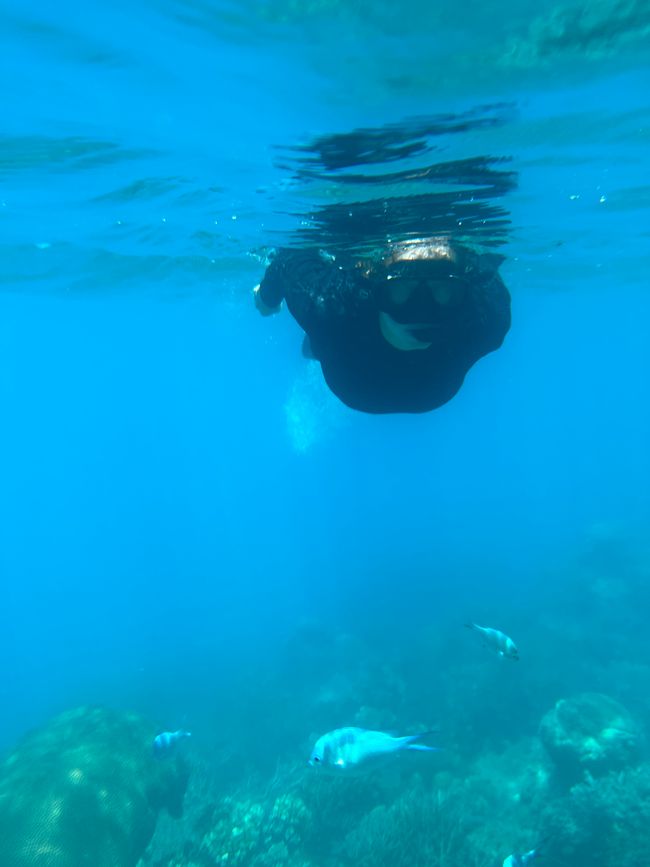
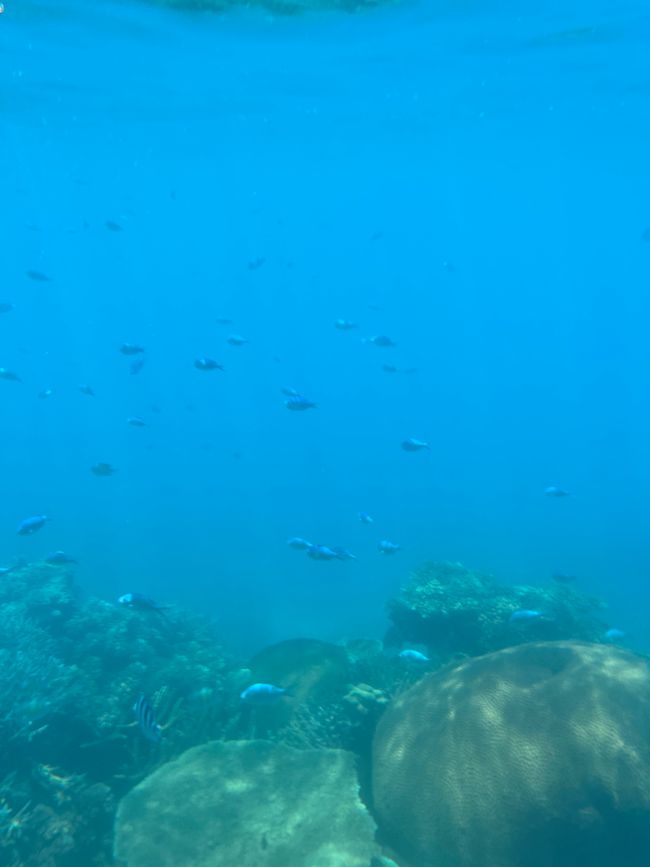
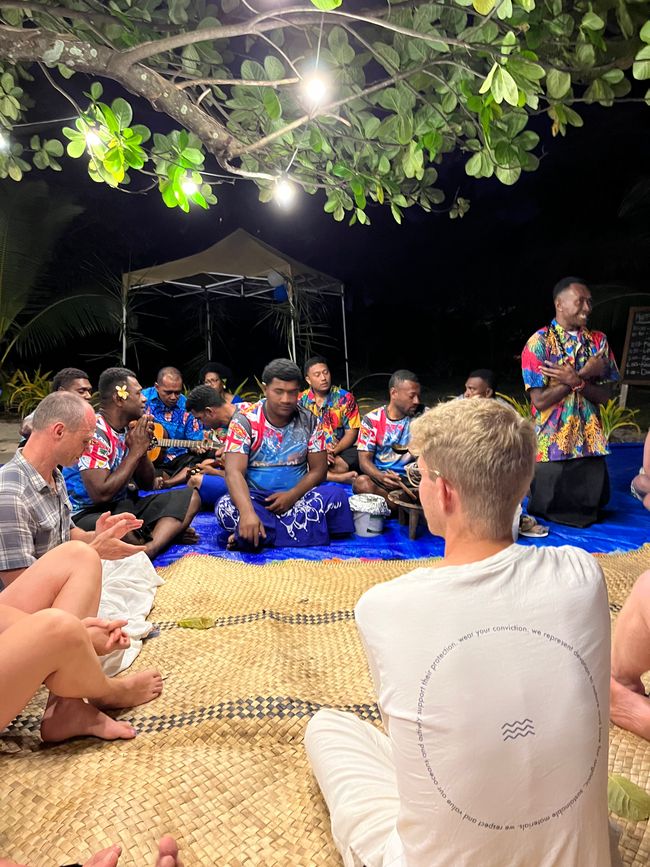
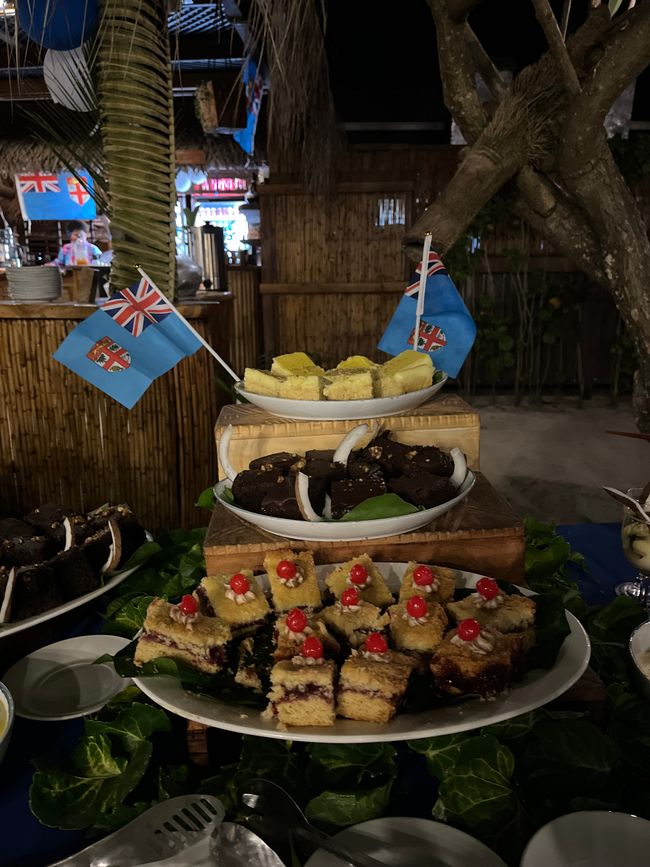
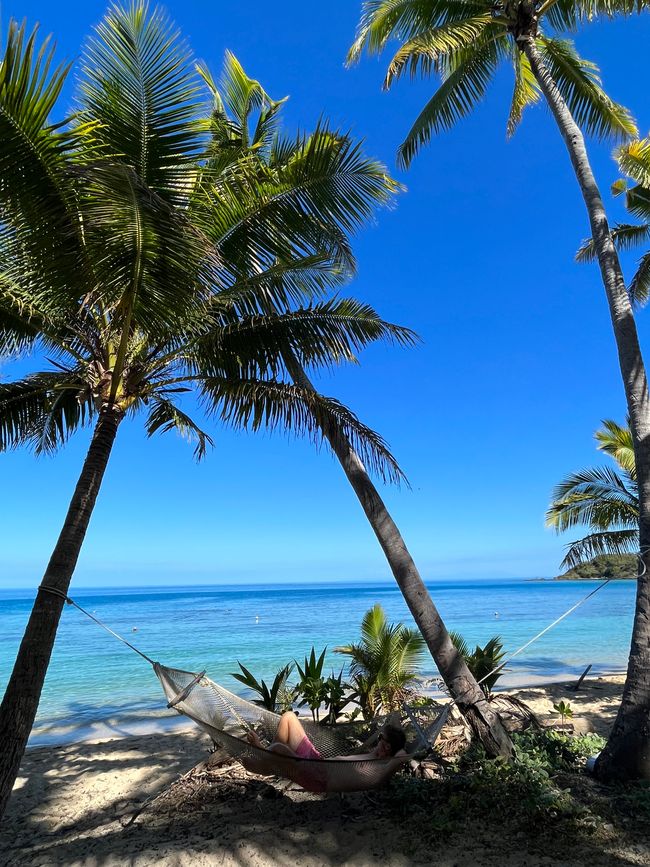
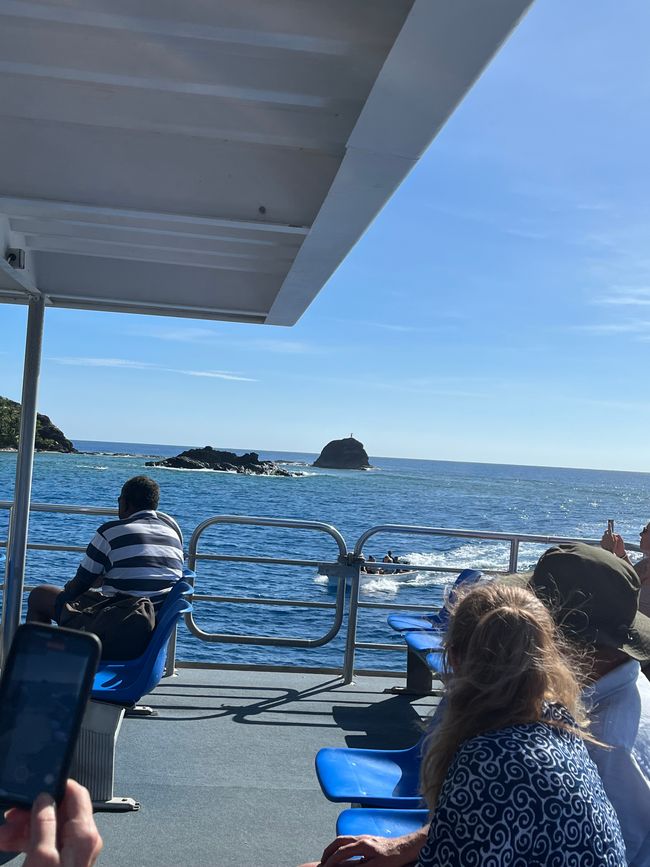
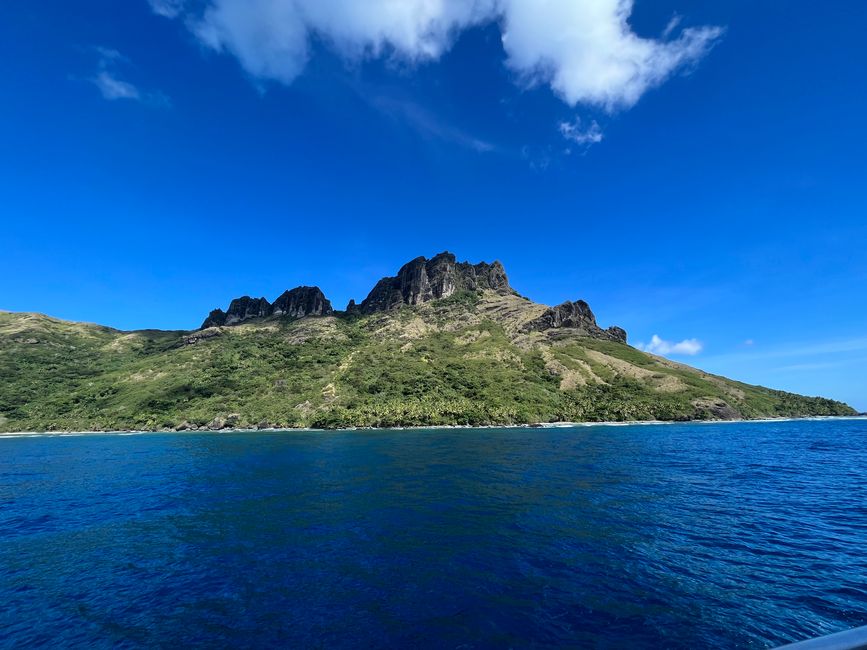
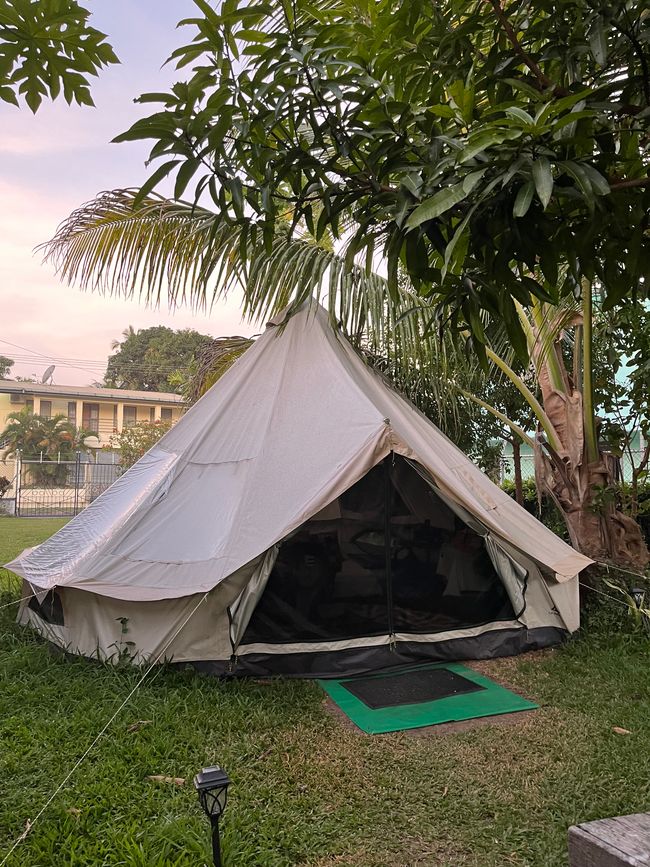
ជាវសំបុត្រព័ត៌មាន
...Fiji, we continued to the Fiji Islands! After the almost five-month road trip through Australia, we wanted to treat ourselves to a little vacation from traveling and because Fiji was more or less on the way to our next destination anyway, we decided on a little stop in the island paradise in the South Seas. The flight from Melbourne to Nadi, the main island of Fiji, took just under five hours. After we landed safely, we made our way to our first accommodation. For the first night we stayed with Zara and her lovingly designed teepee set up in the garden via Airbnb. Although we didn't arrive until 10 p.m., a delicious local dinner awaited us despite the lateness of the time. She served us a pumpkin curry, meatballs and coconut dal with rice. Afterwards we quickly went to bed, on the one hand we were done with the trip and on the other hand the time difference of an additional two hours was noticeable. The next morning we started our island hopping adventure in Fiji with fresh energy. The archipelago consists of a total of 332 islands, 110 of which are inhabited. We had decided in advance that we wanted to see a total of three islands - you have to leave a few left in order to come back again. The islands are connected by a ferry that runs once a day. Once up and back again. So Zara's husband dropped us off early in the morning at the port of Nadi, from where we made our way to the island of Nanuya Lailai. The five-hour drive there alone was a highlight. Turquoise sea, dolphins and the whitest sandy beaches we have ever seen. We could have continued on forever. At some point we had to disembark because what awaited us was what we had only been able to admire from the ferry. The son of our next host picked us up at the ferry in a small boat and we raced around the island to the other side. Because we wanted to experience the life of the islanders up close, we decided to stay with a family here too. After the warm welcome from Terry, we were shown the small village and our accommodation for the next four nights. The hut didn't have much, but everything you needed to live was there. The real highlight was waiting outside anyway. Because the hut was right by the sea. Where five years ago the distance was ten meters, today at high tide there is just two meters separating the water from the hut wall. Climate change and the resulting rising sea levels are really noticeable here. Does that affect the mood of the locals? Not at first glance. During the four days on Nanuya Lailai there were few moments when we didn't hear laughter. The people there were always in a good mood and always had a smile on their faces. We don't know whether that was due to the presence of us tourists. But one thing is certain: it's fun to only meet people in a good mood. Because there are no supermarkets on the island, like most others, the family also did the cooking for us. In the morning and evening, Terry served us one delicacy after the other, all, of course, true to the local cuisine. So what do you do on an island without much infrastructure? So many things! We relaxed on the beach and in the middle of the slopes, did short explorations around the island (a tour lasted less than two hours), snorkeled in the sea and just lived through the day. We (un)voluntarily took a cell phone detox during this time, as there was no internet on the island. By the way, older readers might have already seen the island on TV. In 1980, the Blue Lagoon, which lies between Nanuja Lailai and Turtle Island and is the most beautiful spot on the island, was the setting for the film of the same name.
After four days with Terry and her family, we moved on to our next destination, Naviti Island. Here too we decided on a homestay. However, after arriving, the dream island developed into a nightmare island. At the beginning everything was fine. Emma and Emmy, who were our hosts for the next few days, gave us a warm welcome and explained how the days would go and what there was to experience on the island. Despite our efforts, we still didn't have the positive feeling we had with Terry right from the start. But we can't say afterwards what that was about. The fact is, however, that this feeling did not deceive us. After everything was discussed, Emmy led us to our hut. And here came the first disillusionment. The hut looked completely different than the hut we had booked in advance. Instead of a normal shower there was only an outside shower, the facility was pretty run down and it was dirty too. None of this would have been a problem; we weren't expecting any luxury anyway. In the evening, however, came the familiar straw that broke the camel's back. As darkness fell, our room turned into an insect hotspot. Among other things, several cockroaches were crawling on the floor and on our backpacks. We are certainly not picky, after all we have both traveled to several countries in Southeast Asia, but combined with the other problems it became too much for us. We decided that night that we would leave the island early the next morning. However, this is easier said than done because at the end of the day it's still an island and we didn't have internet to research alternative accommodation. What made things even more difficult was that we had already booked accommodation for the days on Naviti Island and the ferry trips between the islands themselves are very expensive. However, we were lucky, a Belgian couple had a similar experience that night and they also wanted to leave the island as quickly as possible. And the two had also stocked up on SIM cards in advance. So that morning we climbed a mountain together to look for internet reception and research possible alternatives. In the end we all found a solution, Helene and I went to Belize, to the Manta Island Resort, while the two Belgians went back to Nadi. Actually, we would have liked to get a few more insights into the everyday life of the islanders, but after all the hardships on Naviti Island, we were also happy to have the advantages of a resort. While we have only slept in our tent or in private rooms in the last few months, the Manta Island Resort once again showed us the advantages and disadvantages of shared bedrooms. However, if you shared last night's room with cockroaches, a dorm with around 20 other travelers is like a little paradise. And looking back, we can say that the number sounds worse than it is. Of course there was a snoring or a loud voice here and there, but with earplugs and a sleeping mask it was all bearable. We also had a very good time in Belize. The food was delicious, the reef less than 100 meters from the beach was perfect for snorkeling and I was able to go on a dive. Oh yes, volleyball was also played in between. After four nights it was time for a little change of scenery. On the last island we were supposed to visit during our time in Fiji, the Barefoot Manta Island Resort awaited us. This was a recommendation from a friend I met at the beginning of my trip to Vietnam. When we arrived, we were greeted by the staff on the beach with singing and guitar music, after which we were given a fresh coconut to refresh ourselves. After the welcome, we were taken to our small bungalow right on the beach. We spent the first day basically the same as the last. We explored the underwater world with the snorkel and dozed in the hammock right on the beach in the wonderful weather. The last full day at the Barefoot Manta Ray Resort was supposed to be more spectacular because it was Fiji Day. October 10 is a double anniversary for Fiji. Fiji joined the United Kingdom on October 10, 1874 and became independent on October 10, 1970. No wonder Fijians celebrate this day extensively. For us, the program was that the resort staff decorated everything with the colors and the national flag. The national anthem was celebrated together in the morning and games were held throughout the day. But the highlight should come in the evening. For dinner, all dishes were prepared in the traditional Lovo. This is an underground oven in which various types of meat, fish and vegetables are wrapped in banana leaves and placed on hot stones and covered with earth. However, before being invited to the table, there was a traditional kava ceremony. This ceremony is a special feature of several South Pacific cultures and is still part of traditional village life today. Kava is the root of the pepper bush. By crushing, watering and filtering, the ingredients in the root are dissolved and a powder is produced that is drunk in small quantities with water. The potion has a narcotic, calming effect, but is not addictive. You can think of it like a strong tea for sleep. But let's get back to the ceremony. Because Helene and I are typically German, we were over-punctual. This in turn meant that I was involuntarily allowed to play the ceremony helper and take a place in the middle of the large circle. After the master of ceremonies had dissolved the powder and thus completed the potion, I had to shout “Takki” loudly, which probably meant “It can begin”. I didn't understand it exactly. After “Takki” I was given a bowl made of polished coconut and was allowed to drink first. After I had emptied the bowl, I had to clap my hands three more times and it was the next person's turn. I felt a bit like Asterix and the magic potion. Except that after the bowl I didn't have superpower, I couldn't feel my tongue anymore. The whole ritual was then repeated five more times, with me switching to smaller bowls after three large bowls. The effect set in quicker than expected. Incidentally, Helene was no different. While the group gradually dispersed and the other participants devoted themselves to the buffet, I still had to sit cross-legged on the floor. The reason for this was that the master of ceremonies and the assistant, in this case me, were allowed to get up last. Thanks for that!
And then our time in Fiji was more or less over. The next morning we took the ferry back to Nadi. There we slept again in the accommodation where we had already spent the first night. The following day we drove to the airport around early afternoon, where our flight to the next adventure was to take off in the evening.
Finally, a little conclusion about Fiji: We really enjoyed our two weeks there. The people are super friendly and accommodating, laugh a lot and really infect you with their good mood (when there aren't cockroaches running through the room). In addition, there is this beautiful nature with an underwater world that is simply incredible. You can't get enough of the many shades of blue in the water. Nevertheless, two weeks in Fiji are absolutely sufficient. The islands are very similar and when it comes to activities, a lot of things are repeated. After the five-month road trip through Australia, it was the perfect break to gather strength for the next adventure. Vinaka Fiji!
ជាវសំបុត្រព័ត៌មាន
ចម្លើយ
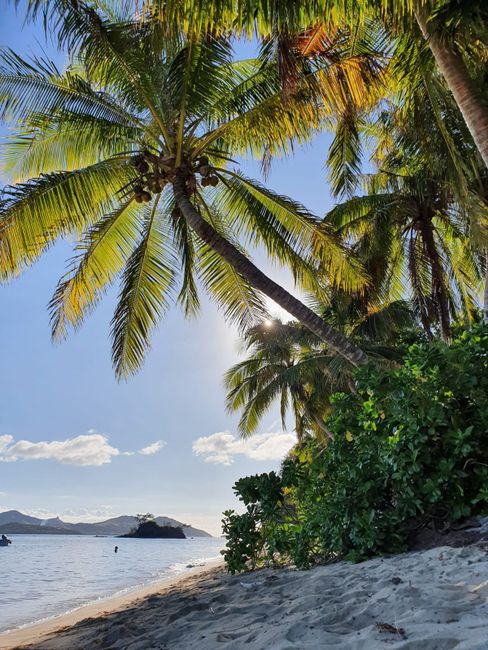
របាយការណ៍ធ្វើដំណើរ ហ្វីជី
